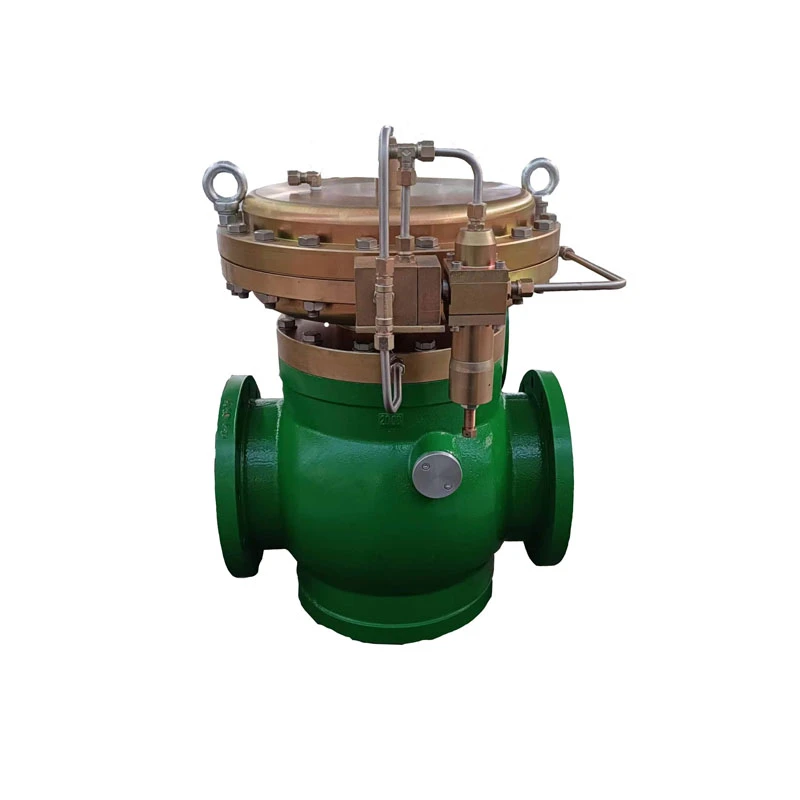
Dec . 11, 2024 06:25
Back to list
Pressure Regulation System for Efficient Gas Management and Control Solutions
Understanding Pressure Regulating Skids
In the world of industrial automation and fluid management, pressure regulating skids play a crucial role in ensuring safety, efficiency, and accuracy in various processes. These specialized systems are designed to control and maintain the pressure of fluids through a series of components, including valves, regulators, sensors, and piping. Understanding how pressure regulating skids function and their applications can provide insights into their significance in various industries.
What is a Pressure Regulating Skid?
A pressure regulating skid is essentially a pre-engineered assembly that is mounted on a frame or platform. This assembly includes all necessary components for regulating the pressure of liquids or gases as they move through a piping system. The skid is designed to simplify the installation and maintenance processes while ensuring that pressure levels remain within safe operational limits.
The core function of a pressure regulating skid is to monitor and adjust the pressure of the fluid passing through it. This is typically achieved by using pressure regulators, which can automatically adjust the flow rate and pressure to achieve the desired setpoint. Skids can also include safety features such as pressure relief valves to prevent over-pressurization, which could result in equipment damage or hazardous conditions.
Key Components of Pressure Regulating Skids
1. Pressure Regulators These are vital components that maintain the desired outlet pressure, adjusting automatically based on flow changes. 2. Valves Control the flow of liquids and gases, including shut-off valves, control valves, and relief valves, which are essential for system safety.
3. Sensors Pressure and flow sensors gather real-time data, allowing for automated adjustments and monitoring.
4. Piping and Fittings Designed to withstand operational pressures and facilitate the flow of materials effectively.
5. Control Systems Many skids feature integrated control panels that allow operators to monitor and adjust system parameters remotely or automatically.
Applications of Pressure Regulating Skids
Pressure regulating skids are utilized in various industries, including
pressure regulating skid

- Oil and Gas In exploration and production, they regulate pressure during drilling and transport of hydrocarbons, ensuring safety and efficiency.
- Water Treatment Skids are used to manage the pressure of water flow through filtration and purification systems, optimizing performance while maintaining safety standards.
- Chemical Processing Here, precise pressure control is vital in reactions and transport of chemicals, preventing accidents and inefficiencies.
- Power Generation In plants, pressure regulating skids ensure the safe and efficient operation of boilers, turbines, and cooling systems.
Benefits of Using Pressure Regulating Skids
The benefits of implementing pressure regulating skids in industrial processes are numerous
- Safety By automatically regulating pressure, skids help prevent system failures or accidents due to overpressure.
- Efficiency Optimized pressure levels lead to better performance and reduced energy consumption.
- Cost-Effectiveness By minimizing the risks of leaks or failures, businesses can save on repair and downtime costs.
- Simplicity Pre-packaged skids reduce the complexities involved in system design and installation.
Conclusion
In summary, pressure regulating skids are essential components of modern industrial fluid systems. Their ability to manage pressure safely and efficiently has made them indispensable in various applications, contributing to the overall reliability and safety of industrial operations. As technology advances, these skids are likely to become even more sophisticated, incorporating digital monitoring and control systems that enhance their effectiveness and ease of use. Understanding their function and applications can help organizations leverage their benefits to improve operational performance and safety.
Latest news
-
Safety Valve Spring-Loaded Design Overpressure ProtectionNewsJul.25,2025
-
Precision Voltage Regulator AC5 Accuracy Grade PerformanceNewsJul.25,2025
-
Natural Gas Pressure Regulating Skid Industrial Pipeline ApplicationsNewsJul.25,2025
-
Natural Gas Filter Stainless Steel Mesh Element DesignNewsJul.25,2025
-
Gas Pressure Regulator Valve Direct-Acting Spring-Loaded DesignNewsJul.25,2025
-
Decompression Equipment Multi-Stage Heat Exchange System DesignNewsJul.25,2025

